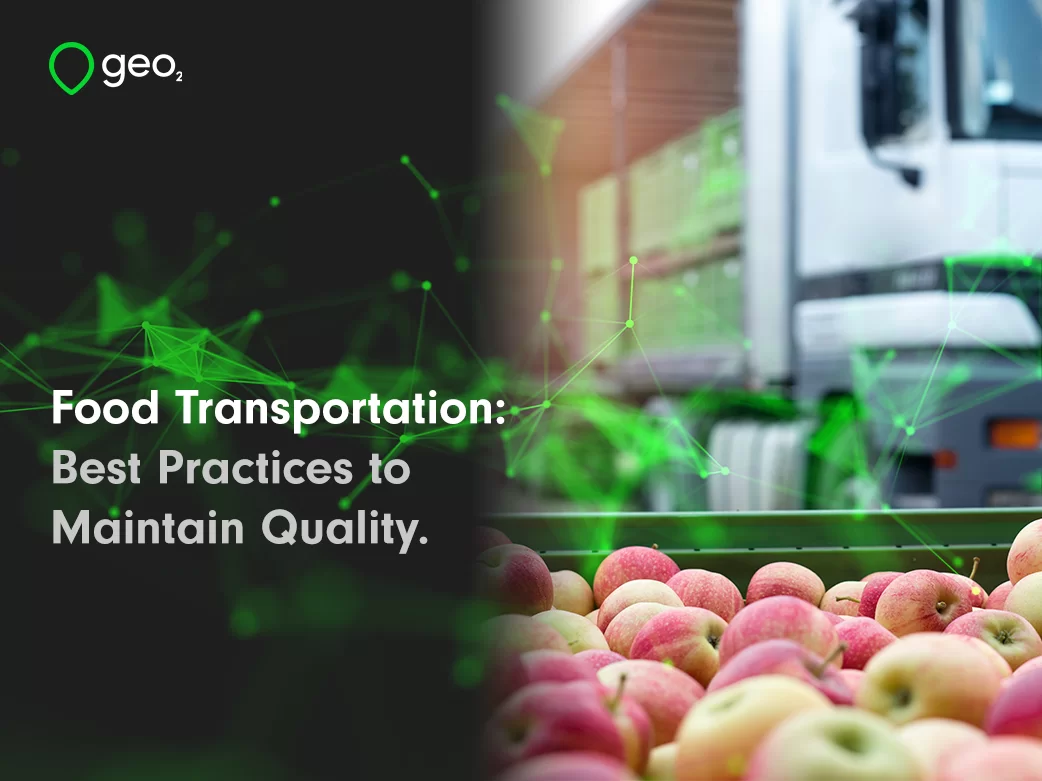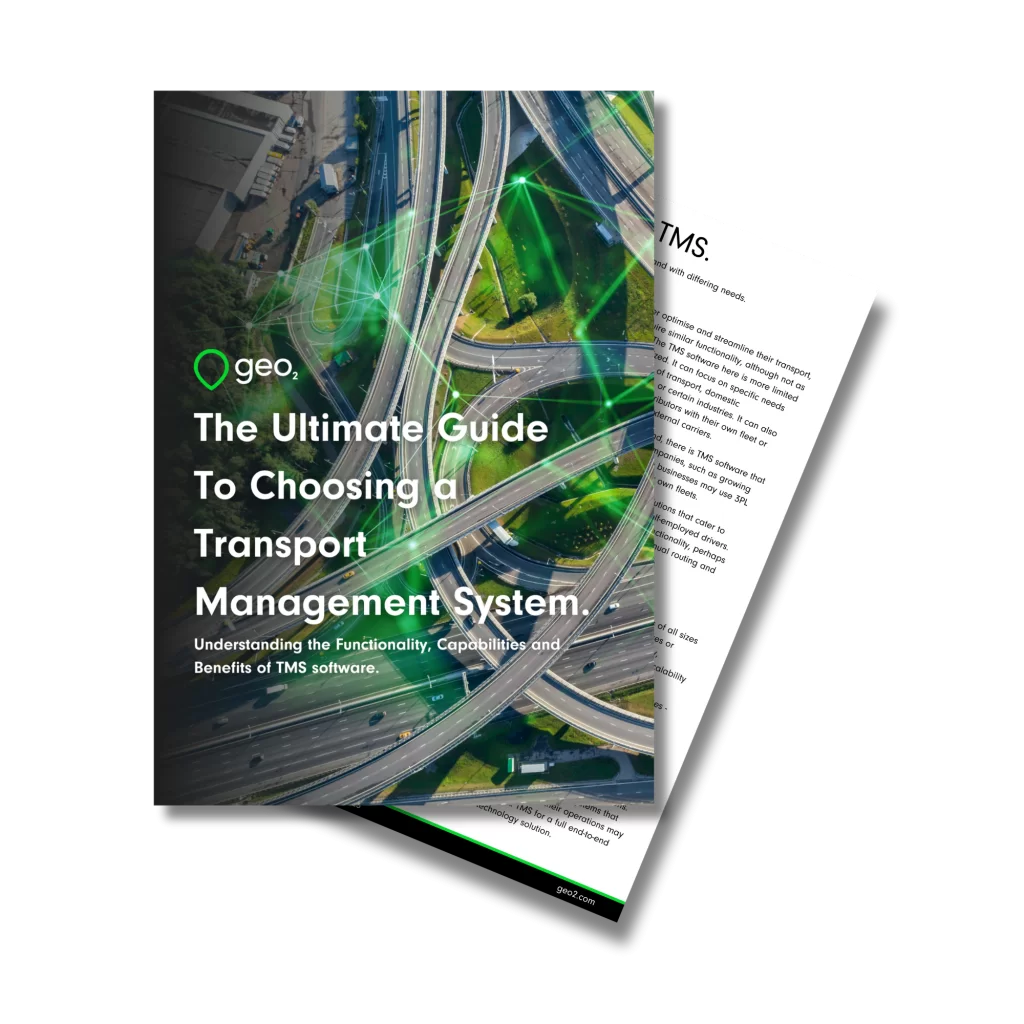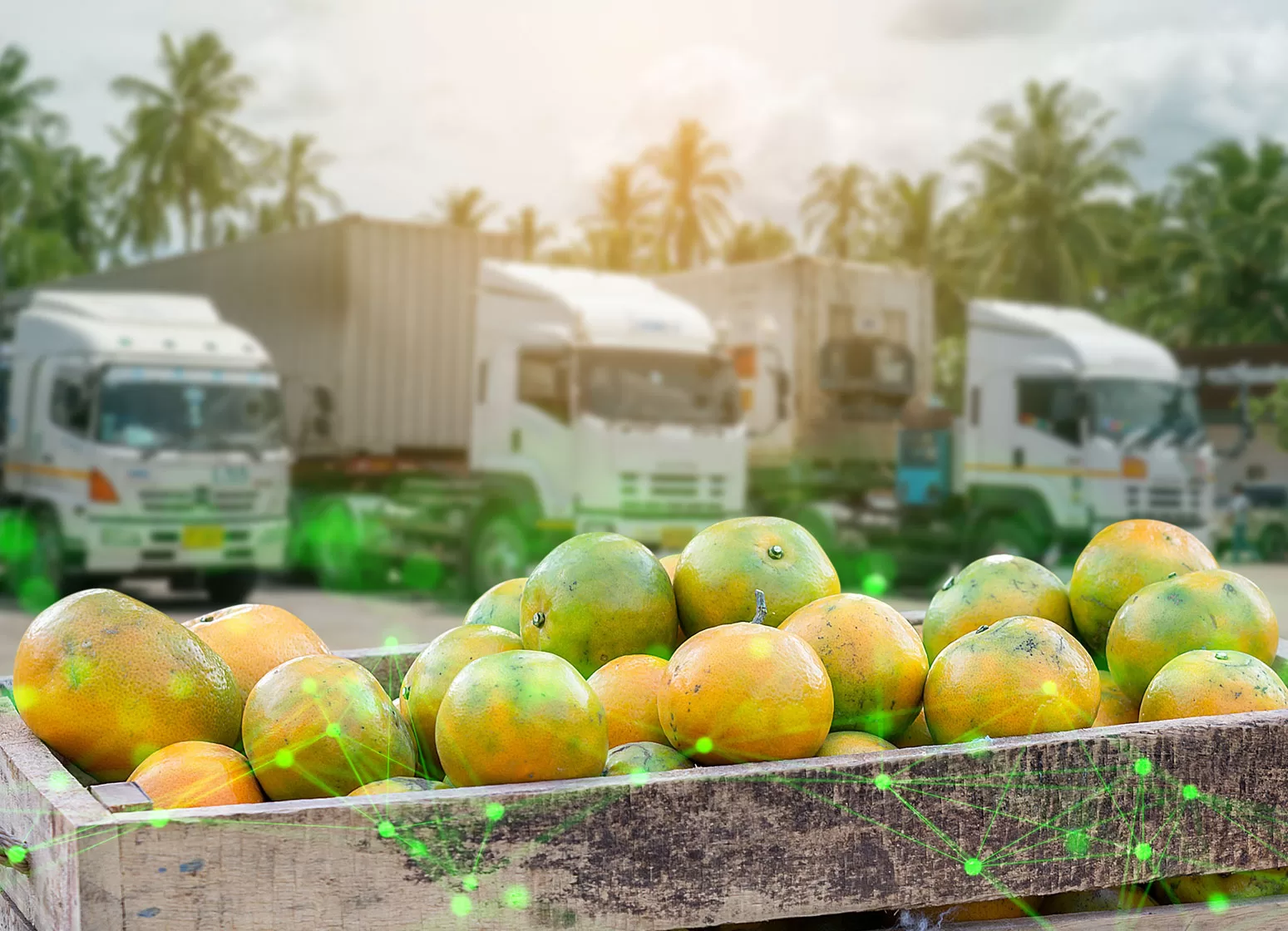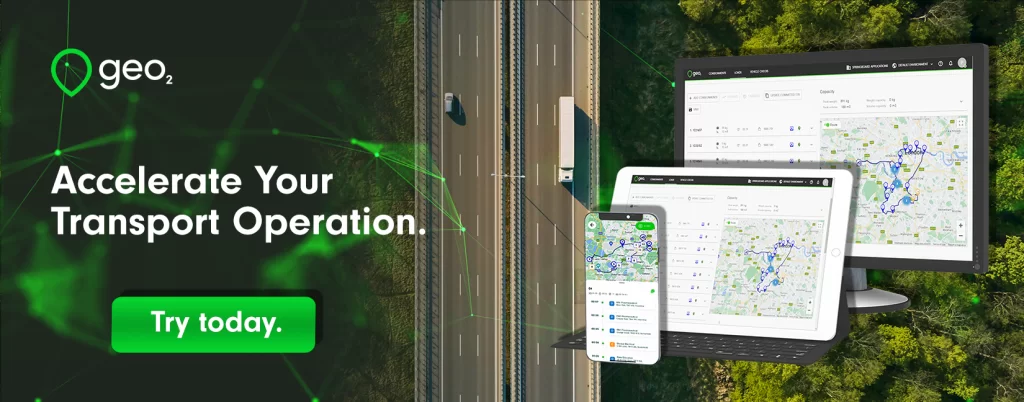
Food Transportation: Best Practices to Maintain Quality.
Introduction.
Food quality is not just a matter of taste but a critical component of public health, consumer satisfaction, and regulatory compliance. The transportation stage in the food supply chain is particularly crucial, with its own set of unique challenges that can impact the integrity of the food. For businesses in the food industry, ensuring quality during transportation is not only a best practice—it’s an imperative.
In this article we will explore strategies and best practices that can help food distributors, restaurant owners, and supply chain managers maintain the highest standards of food quality during transportation. From understanding the challenges to deploying the latest technological solutions, we will walk you through every step you need to take to optimize this pivotal process in the food supply chain.
Need help choosing a TMS?
Download the Free Guide Now.

Table of Contents.
Understanding the Challenges of Food Transportation.
Before we can implement effective strategies, it’s essential to understand the array of challenges that threaten food quality during transportation. These include, but are not limited to:
- Temperature fluctuations: Most perishable foods have specific temperature requirements. Variations can lead to spoilage, decreased shelf life, and possibly the growth of harmful microorganisms.
- Packaging and handling: How food is packaged and handled can have critical implications on its quality. Damaged containers, exposure to air, and poor handling can lead to contamination, spills, and altered flavor.
- Time spent in transit: The longer the food is in transit, the greater the likelihood of quality degradation. Efficient routes and speedy delivery are crucial.
- Hygiene and sanitation: Ensuring that the vehicles and equipment used for transportation are clean and regularly sanitized is a prerequisite for food safety.
- Regulatory compliance: Each stage of food production and distribution is governed by a complex web of laws and regulations. Adhering to these is mandatory and contributes to maintaining quality.

Table of Contents.
Best Practices for Food Transportation.
Adopting best practices is the foundation for ensuring food quality during the often complex processes of transportation. Here are some key strategies that should be part of your transportation protocol.
Packaging Strategies for Different Types of Foods.
Proper packaging is key for preventing spoilage, damage, and contamination. The type of food being transported influences the type of packaging you need to use. For example:
- Perishable goods: Insulated packaging designed to maintain the required temperature, even if there are unforeseen delays, is critical.
- Frozen foods: Packaging should be durable and moisture-resistant to prevent the formation of condensation and ice crystals, which can damage the quality of the food.
- Bulk items: Sturdy packaging that can handle the weight is necessary, and it should be airtight to prevent exposure and contamination.
Temperature Control Throughout the Supply Chain.
Maintaining the right temperature is non-negotiable when it comes to transporting food. Here’s how you can do it effectively:
- Advanced planning: Determine the optimal temperature for each type of food and strategize how to maintain it.
- Regular checks: Equip vehicles with temperature control devices that provide real-time data, and ensure they are regularly calibrated.
- Emergency procedures: Have a clear plan for dealing with temperature excursions, with contingencies like backup refrigeration units or rerouting to a closer destination.
Safe and Secure Handling of Food.
Proper handling from loading to unloading is vital for food quality. Some key handling practices include:
- Employee training: Provide comprehensive training to staff on proper handling techniques and the importance of following procedures.
- Loading and unloading: These are critical phases; ensure there is a system in place for organized, safe movement of goods.
- Travel shocks: Take measures to minimize sudden jerks and movements during transit to prevent damage to the cargo.

The Role of Technology in Enhancing Food Quality.
Technological innovations have revolutionized the food transportation industry. Here are some ways in which technology can be a game-changer:
Temperature-Controlled Vehicles and Containers.
Investing in vehicles and containers with built-in temperature control systems can provide a high level of reassurance for maintaining food quality.
IoT and Real-Time Monitoring.
Internet of Things (IoT) devices such as sensors can provide real-time data on temperature, humidity, and other environmental factors, allowing for immediate action if there are anomalies.
Tracking and Logistics Software.
Sophisticated software like Geo2 can track shipments in real-time, analyze routes for efficiency, and predict potential delays, allowing for proactive management of the transportation process.

Regulatory Compliance and Safety Standards.
Regulatory compliance is more than just red tape; it’s a roadmap for maintaining food quality and safety.
Understanding and Adhering to Regulations.
Develop a comprehensive understanding of the regulations that pertain to your particular country and industry sector. For instance, if you are in the UK the Food Standards Agency. If you are in the USA, organisations such as the Food and Drug Administration (FDA) set out regulations.
Documentation and Record-Keeping.
Accurate record-keeping of each step of the transportation process is crucial for demonstrating compliance and for traceability in the event of a recall. A transport management system can help you with this, allowing for full traceability, and proof of deliveries made.
Stay Updated on Best Practices and Guidelines.
Regulations evolve, and so should your practices. Stay informed about the latest industry best practices and recommended guidelines.
Conclusion: The Significance of Prioritising Food Quality.
Food quality cannot be left to chance, especially during the transportation phase. Prioritizing best practices and investments in technology not only guards your reputation but also ensures consumer health and satisfaction. Maintaining a high standard in food transportation is a collective responsibility that spans the entire supply chain, and the success stories in this post are a testament to the impact that a concerted effort can achieve.
When it comes to food transportation, the devil is in the details—but so are the opportunities to excel. By fully understanding the nuances of food transportation, implementing best practices, and leveraging the right technologies, you can ensure that your food maintains its quality from farm to plate.






